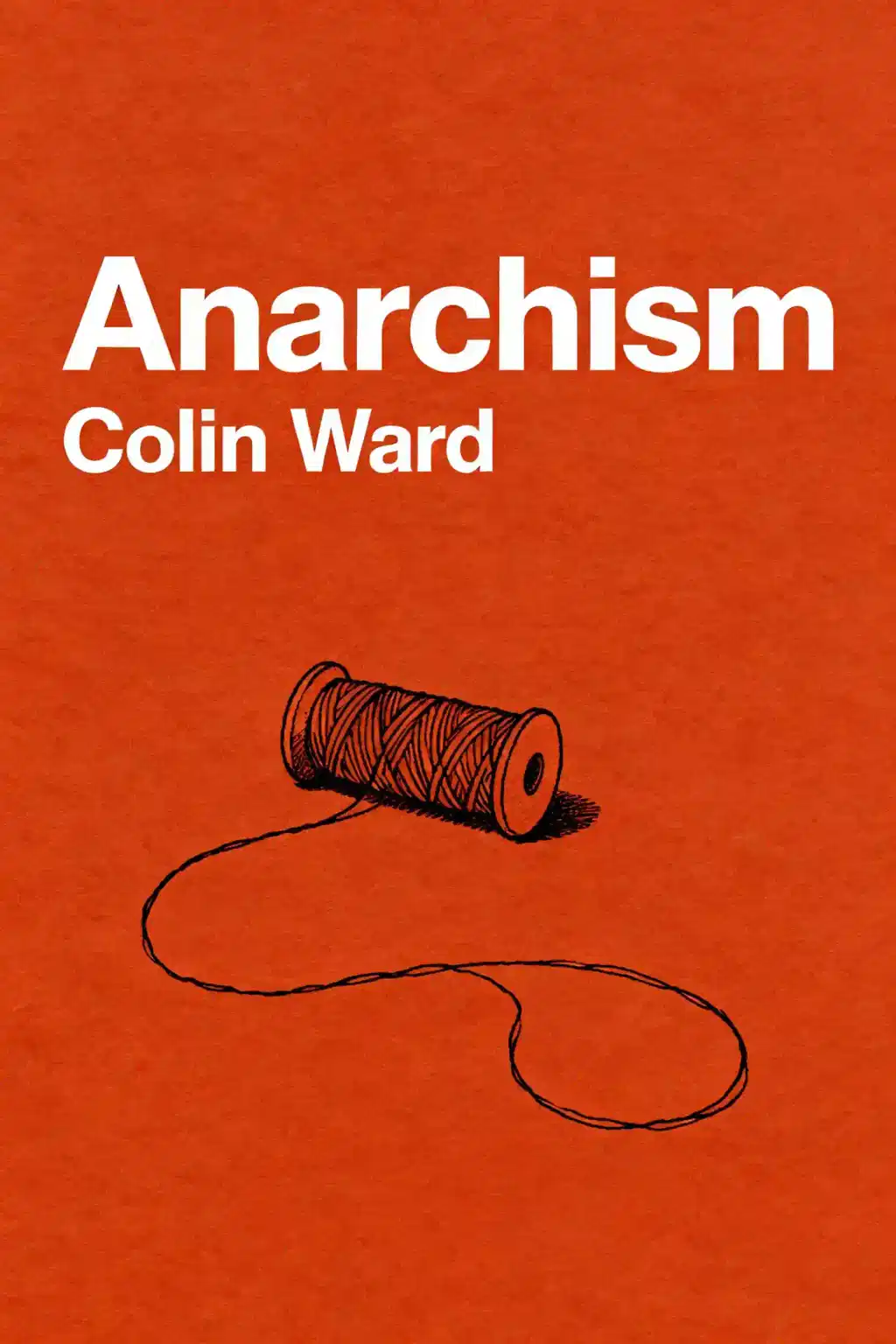What is
Anarchism: A Very Short Introduction about?
Colin Ward’s Anarchism: A Very Short Introduction explores anarchism’s history, core principles, and key thinkers like Kropotkin and Chomsky. It argues that anarchism prioritizes voluntary cooperation, dismantling hierarchies (state, religious, or patriarchal), and fostering self-organized communities. The book critiques conventional governance while highlighting anarchism’s practical applications in penal reform, environmentalism, and urban planning.
Who should read
Anarchism: A Very Short Introduction?
This book suits students of politics or history, activists exploring alternative societal models, and readers concerned about climate change solutions. Ward’s accessible writing also appeals to skeptics seeking a nuanced understanding of anarchism beyond stereotypes of chaos.
Is
Anarchism: A Very Short Introduction worth reading?
Yes. Ward combines scholarly rigor with clarity, making anarchism’s complex ideas accessible. He balances historical context (e.g., French Revolution roots) with modern relevance, offering a concise yet comprehensive overview ideal for newcomers.
What are the key anarchist principles in Ward’s book?
- Voluntary cooperation: Replacing coercive institutions with mutual aid.
- Anti-hierarchy: Opposing state power, capitalism, and centralized authority.
- Localized solutions: Prioritizing small-scale, temporary organizations over rigid structures.
How does Colin Ward define “everyday anarchism”?
Ward’s “everyday anarchism” emphasizes self-reliance and cooperative practices already present in daily life, like community gardens or mutual aid networks. He argues anarchism isn’t utopian but a practical framework for solving social problems without state intervention.
What critiques of anarchism does Ward address?
Ward confronts anarchism’s “respectability deficit,” acknowledging perceptions of it as unrealistic or chaotic. He counters by highlighting historical examples of functional anarchist communities and stressing anarchism’s alignment with human nature’s cooperative tendencies.
How does Ward connect anarchism to environmental issues?
Ward ties anarchism to sustainability by advocating for localized resource management and community-led ecological stewardship. He critiques top-down environmental policies, arguing decentralized solutions are more adaptive and equitable.
What role does education play in Ward’s anarchist vision?
Ward champions child-centered, non-coercive education that fosters critical thinking over rigid curricula. His ideas, detailed in works like The Child in the City, emphasize learning through real-world interaction rather than institutional control.
How does Ward’s anarchism differ from other anarchist theories?
Ward’s “pragmatist anarchism” focuses on incremental, achievable reforms (e.g., housing cooperatives) rather than revolutionary overthrow. This contrasts with more militant strands, emphasizing tangible solutions over abstract ideology.
What quotes encapsulate Ward’s arguments?
- “Anarchy is a form of social self-determination”.
- “The state’s monopoly on force is incompatible with human freedom”.
These lines underscore his belief in grassroots governance and anti-authoritarianism.
How does Ward apply anarchism to urban planning?
Ward advocates for self-built housing and community land trusts, as seen in his work with the Town and Country Planning Association. He views urban spaces as platforms for cooperative experimentation, reducing reliance on bureaucratic systems.
Why is
Anarchism: A Very Short Introduction relevant today?
With rising distrust in governments and corporate power, Ward’s ideas resonate in debates about climate action, housing crises, and decentralized governance. His emphasis on mutual aid gained renewed attention during recent global crises.




















